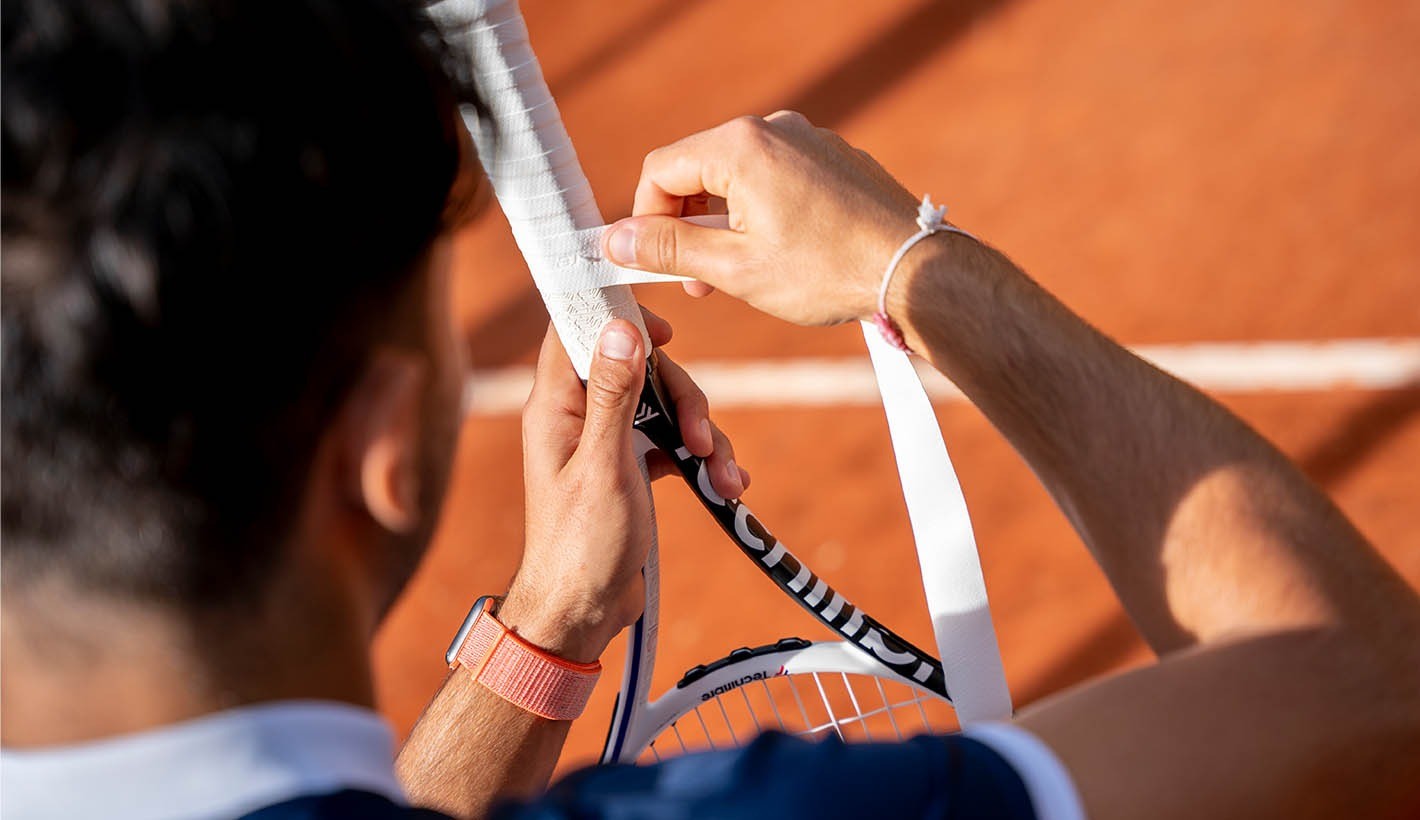The role of overgrips and basic grips
An overgrip is a thin grip that you apply over the base grip. This allows you to slightly increase the grip size and provide more comfort. Using an overgrip can also help absorb sweat, giving you more grip during competitions.
In addition, replacing an overgrip is cheaper than a basic grip. When the racket is used intensively, a grip wears out faster, and it is cheaper and easier to only have to replace the overgrip instead of the basic grip.
The basic grip is the first grip applied to the racket. This affects comfort and vibration damping. When choosing a racket, it is good to take the thickness and material of the basic grip into account, so that it suits you well.
Passion for Sports
Worldwide delivery
Call us:+31 416 293012

